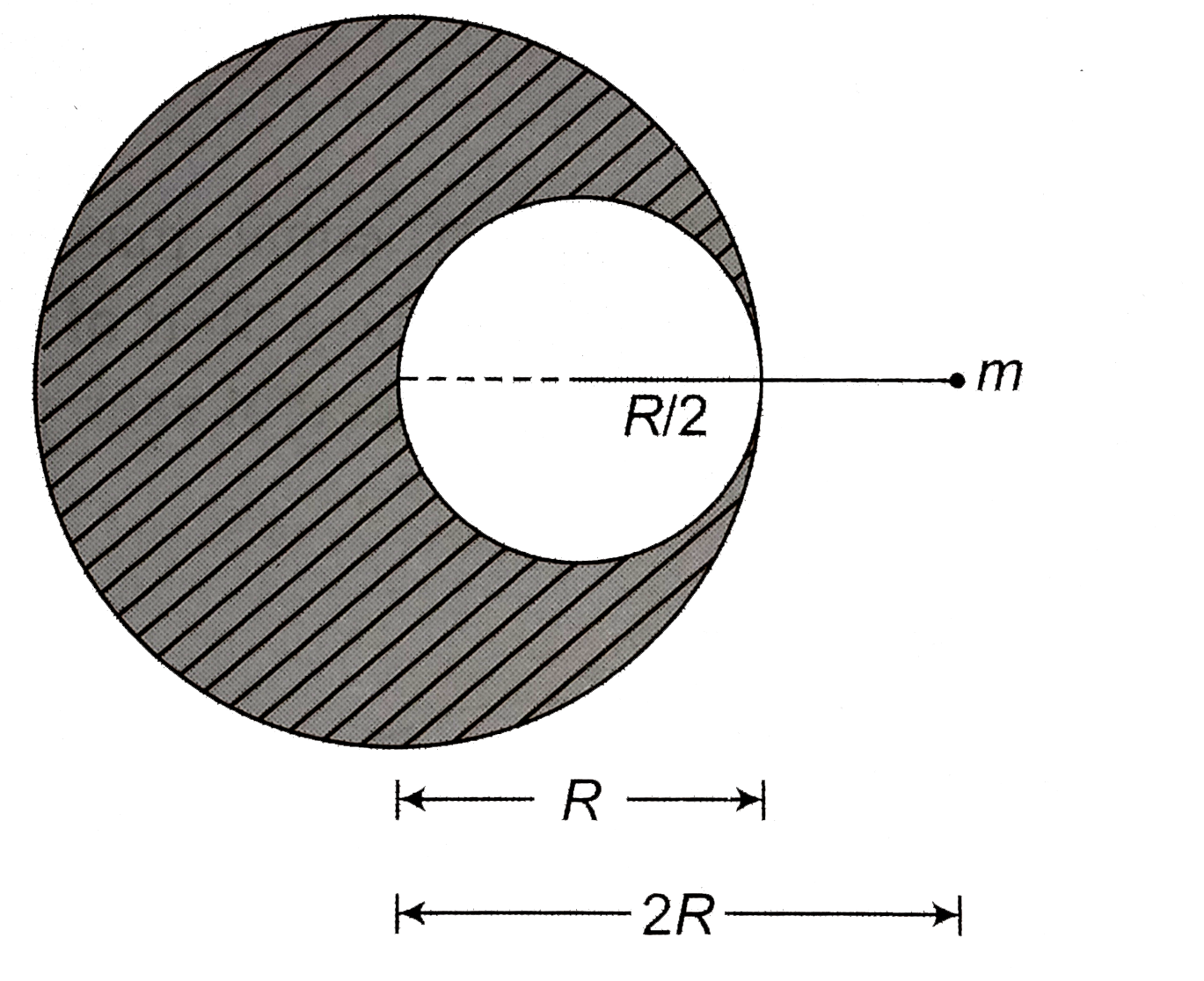Text Solution
Verified by Experts
|
Topper's Solved these Questions
GRAVITATION
CP SINGH|Exercise EXERCISE|86 VideosView PlaylistFRICTION
CP SINGH|Exercise Exercises|63 VideosView PlaylistHEAT AND CALORIMETRY
CP SINGH|Exercise Exercise|37 VideosView Playlist
Similar Questions
Explore conceptually related problems
Knowledge Check
Similar Questions
Explore conceptually related problems
CP SINGH-GRAVITATION-EXERCISE
- From a solid sphere of mass M and radius R, a solid sphere of radius R...
07:04
|
Playing Now - Two identical copper spheres of radius R are in contact with each othe...
02:20
|
Play - Two sphere of masses m and M are situated in air and the gravitational...
01:26
|
Play - Two particles of equal mass 'm' go around a circle of radius R under t...
03:13
|
Play - Two point masses A and B having masses in the ratio 4:3 are separated ...
04:57
|
Play - If R is the radius of the earth and g the acceleration due to gravity ...
01:06
|
Play - Mass remaining constant, the radius of the earth shrinks by 1%. The ac...
03:21
|
Play - Two planets have the same average density but their radii are R(1) and...
02:06
|
Play - The density of a newly discovered planet is twice that of earth. The a...
03:20
|
Play - Acceleration due to gravity on moon is 1//6 of the acceleration due to...
04:34
|
Play - Consider a planet in some solar system which has a mass double the mas...
05:01
|
Play - Which graph correctley presents the variation of acceleration due to g...
02:20
|
Play - Let the acceleration due to gravity be g(1) at a height h above the ea...
02:58
|
Play - The weight of an object in the coal mine, sea level and at the top of ...
03:37
|
Play - Suppose the earth increases its speed of rotation . At what new time p...
01:50
|
Play - Suppose the acceleration due to gravity at earth's surface is 10ms^-2 ...
02:38
|
Play - Two bodies of masses m and 4m are placed at a distance r. The gravitat...
04:30
|
Play - Four particles each of mass m are placed at the vertices of a square o...
04:00
|
Play - Infinite number of masses, each of 1 kg, are placed along the x-axis a...
04:27
|
Play - A particle of mass M is placed at the centre of a uniform spherical sh...
05:01
|
Play - The magnitude of the gravitational field at distance r(1) and r(2) fro...
03:35
|
Play
